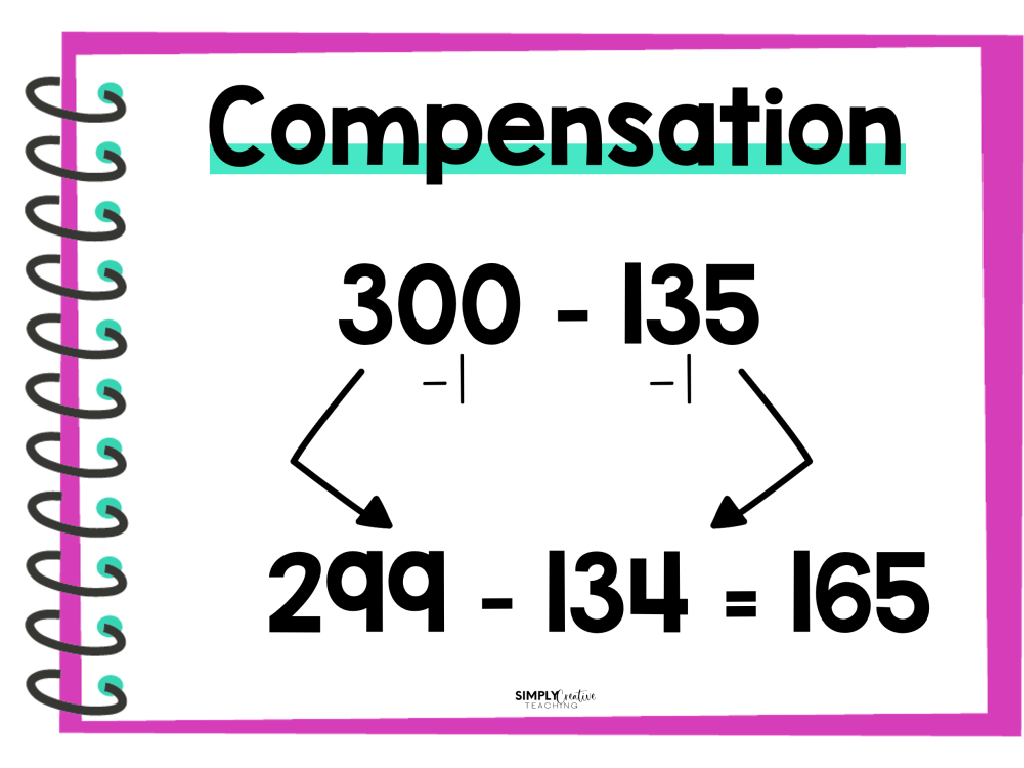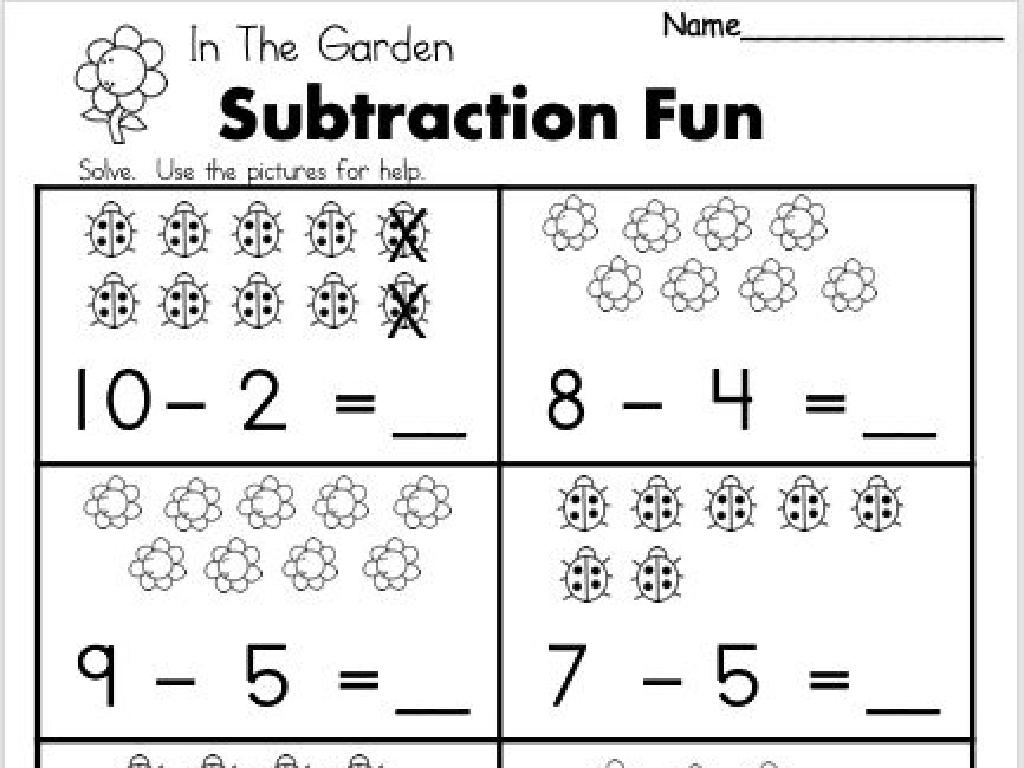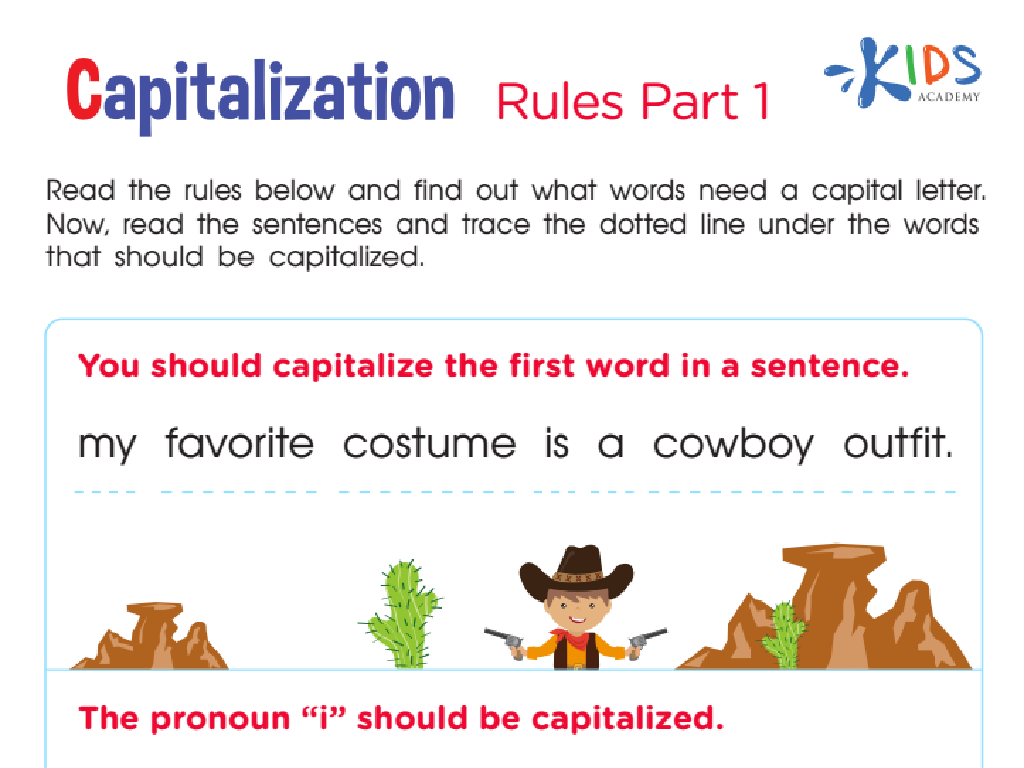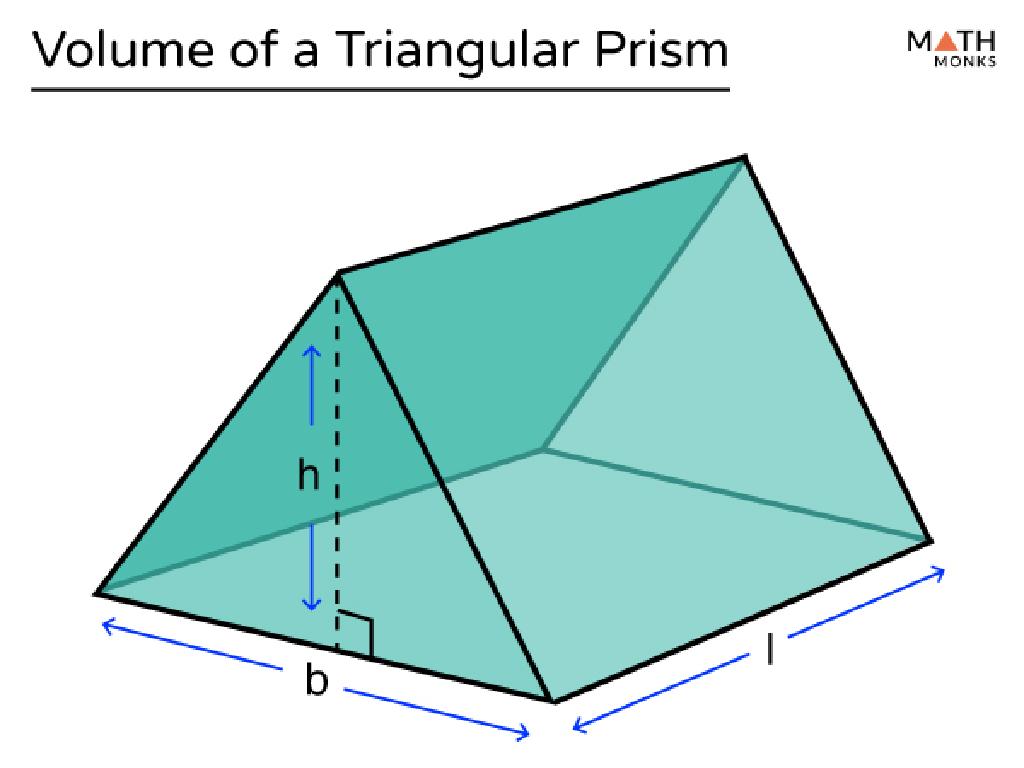Graph Proportional Relationships And Find The Slope
Subject: Math
Grade: Eighth grade
Topic: Proportional Relationships
Please LOG IN to download the presentation. Access is available to registered users only.
View More Content
Graphing Proportional Relationships & Finding Slope
– Define proportional relationships
– A relationship where two quantities increase at the same rate.
– Explore real-life proportions
– Examples: recipes, map scales, and speed.
– Learn to graph proportions
– Use a graph to visualize how quantities relate.
– Understand slope concept
– Slope measures steepness of the graphed line.
|
This slide introduces the concept of proportional relationships, which are fundamental in understanding algebra and geometry. Students will see how proportionality is present in everyday life, such as in cooking or traveling. The lesson will focus on how to graph these relationships, emphasizing the constant rate of change. Additionally, students will learn about slope, which is the ratio of the vertical change to the horizontal change between two points on a graph. Understanding slope is crucial for interpreting and predicting patterns in proportional relationships. Encourage students to think of situations where they have encountered proportional relationships outside of school.
Understanding Proportional Relationships
– Define Proportional Relationship
– A relationship where two quantities increase at the same rate.
– Explore Constant of Proportionality (k)
– ‘k’ represents the consistent rate in y=kx, where y and x are variables.
– Daily life Proportional Examples
– Examples: recipes, currency exchange, and speed.
– Graphing Proportional Relationships
|
This slide introduces the concept of proportional relationships, a fundamental aspect of algebra and a key topic for eighth-grade mathematics. Begin by defining a proportional relationship as a scenario where two quantities increase or decrease at the same rate. Introduce the constant of proportionality, ‘k’, which is the ratio between two proportional quantities y and x, as expressed in the equation y=kx. Provide relatable examples such as adjusting a recipe for more people, converting currency when traveling, or calculating speed during a trip. Emphasize the practicality of understanding proportions in everyday life. Conclude by explaining how these relationships can be graphed, showing a straight line that passes through the origin, which visually represents the constant rate of change.
Graphing Proportional Relationships
– Plotting proportional relationships
– Use a table of values to plot points on a graph.
– Proportional graphs are straight lines
– If a relationship is proportional, the graph will be a straight line through the origin.
– Graphing Exercise: Plot points
– Practice by plotting points from a table to see the line.
– Understanding slope of the line
|
This slide introduces students to the concept of graphing proportional relationships. Begin by explaining how to plot points on a graph using a table of values that represent the relationship. Emphasize that the graph of a proportional relationship will always be a straight line that passes through the origin (0,0), which is a key characteristic of proportionality. During the graphing exercise, provide students with a table of values and have them plot the points on a graph to visually confirm the linearity. Lastly, introduce the concept of slope as the constant rate of change in a proportional relationship, which will be explored further in subsequent lessons. Encourage students to ask questions and assist each other during the exercise for a collaborative learning experience.
Finding the Slope of a Line
– Understanding slope concept
– Slope indicates how steep a line is
– Slope: Measure of steepness
– Imagine slope as a hill’s steepness
– Slope calculation formula
– Slope (m) = rise/run, where rise is the vertical change and run is the horizontal change between two points on a line
– Practical application of slope
– Use slope to describe terrain or ramps
|
The concept of slope is fundamental in understanding proportional relationships in graphs. Slope, often represented by the letter ‘m’, is a measure of the steepness or incline of a line. It is calculated by the ratio of the vertical change (rise) to the horizontal change (run) between two points on a line. This concept is not only important in mathematics but also has practical applications in various fields such as engineering and physics. When teaching this concept, use visual aids to show different slopes and encourage students to practice calculating slope from graphs and coordinate pairs.
Calculating Slope from a Graph
– Identify two points on the line
– Use the slope formula (m = (y2 – y1) / (x2 – x1))
– Pick any two points, (x1, y1) and (x2, y2), on the line
– Practice Problem: Find the slope
– Given points (3, 4) and (7, 8), calculate the slope
– Understand slope as rate of change
– Slope indicates how steep the line is
|
This slide is focused on teaching students how to calculate the slope of a line from a graph. Start by identifying any two distinct points on the line. Then, apply the slope formula, where ‘m’ represents the slope, and (x1, y1) and (x2, y2) are the coordinates of the two points. For the practice problem, provide a graph with a clear line and two points marked on it. Walk the students through the process of plugging the coordinates into the slope formula to find the slope. Emphasize that the slope is a measure of the line’s rate of change, which can be thought of as ‘rise over run’. Encourage students to practice with multiple problems to gain confidence in finding the slope from a graph.
Understanding Slope-Intercept Form
– Explore y=mx+b equation
– It’s the formula for a line on a graph where m is slope and b is y-intercept.
– Slope (m) and its role
– Slope (m) represents the steepness or incline of the line.
– Meaning of y-intercept (b)
– y-intercept (b) is where the line crosses the y-axis.
– Graphing with slope-intercept
– Use m and b to plot and draw the line on a coordinate plane.
|
The slide introduces the slope-intercept form of a linear equation, which is a fundamental concept in algebra and coordinates geometry. The equation y=mx+b is a way to define a straight line on a graph, where ‘m’ represents the slope, indicating the line’s steepness, and ‘b’ represents the y-intercept, the point where the line crosses the y-axis. Understanding this form is crucial for students to graph proportional relationships and find the slope of a line. During the lesson, provide examples of different slopes and y-intercepts, and demonstrate how to plot a line using these values. Encourage students to practice by creating their own examples and graphing them.
Class Activity: Graphing Proportional Relationships
– Group activity: Create your own graph
– Each group graphs a unique proportional relationship
– Plot points and draw the line of the relationship
– Use a ruler for accuracy, remember slope = rise/run
– Discuss and compare slopes with the class
– How do the slopes relate to the rate of change?
|
This activity is designed to provide hands-on experience with graphing proportional relationships and understanding the concept of slope. Divide the class into small groups and assign each group a different proportional relationship to graph. Provide them with graph paper, rulers, and the necessary information to plot their points. Once the graphs are completed, bring the class together to discuss the results. Compare the slopes of each graph and discuss how they represent the rate of change in the relationship. This will help students visualize and better grasp the concept of slope as a measure of how one variable changes in relation to another in a proportional relationship. Possible activities could include graphing relationships such as distance over time, cost per item, or speed per hour, with each group receiving a different scenario.
Wrapping Up: Proportional Relationships & Slope
– Recap of graphing proportional relationships
– Reviewed how to plot and recognize proportional relationships on a graph.
– Real-life applications of slope
– Slope is crucial in fields like engineering, economics, and physics.
– Homework: Proportional relationship graph
– Find a real-world example at home, such as mixing drinks or recipes, and graph the relationship.
|
As we conclude today’s lesson, remind students of the key concepts of graphing proportional relationships and finding the slope. Emphasize the importance of understanding slope, not just in math class, but in real-world situations such as calculating inclines in construction, rates of change in finance, or even determining the speed of a car. For homework, students should identify a proportional relationship they encounter at home, such as the amount of ingredients in a recipe or the distance and time while traveling, and create a graph representing that relationship. This will help reinforce their understanding by applying it to a familiar context. Encourage creativity and provide examples to guide them.






